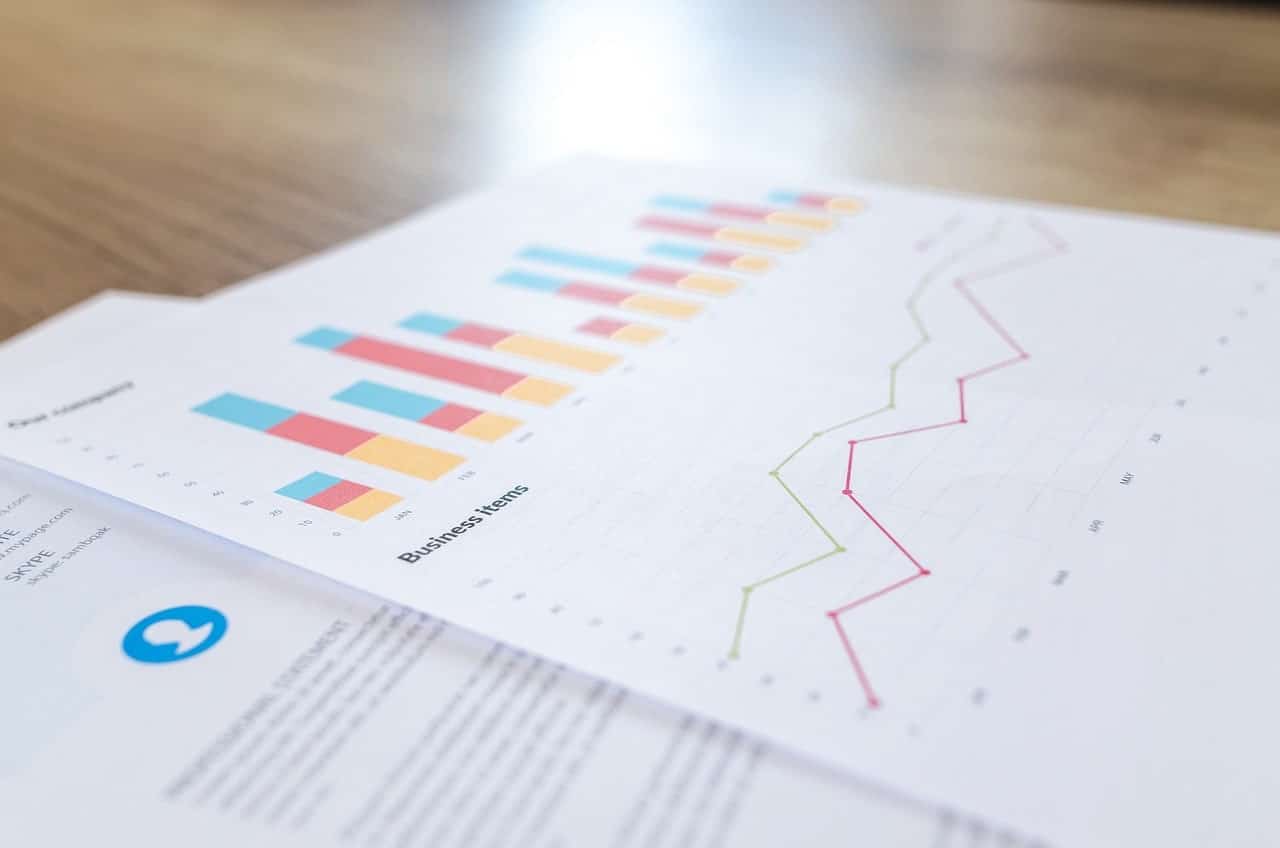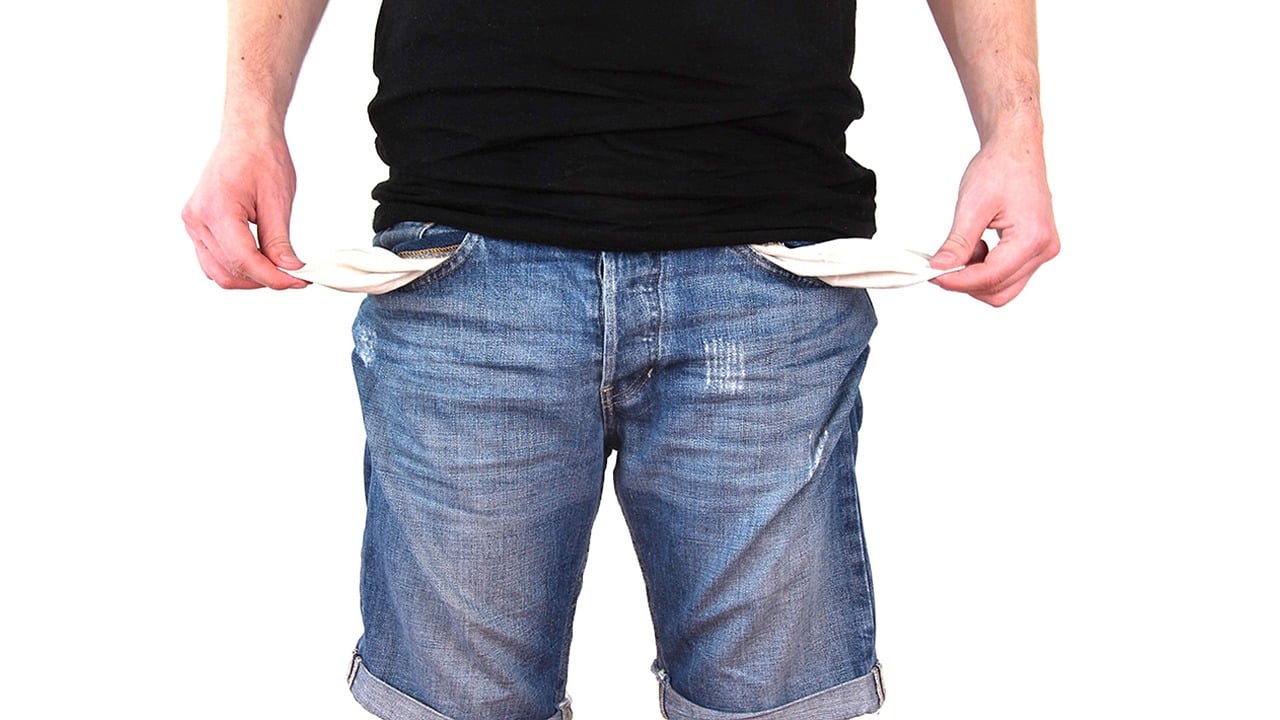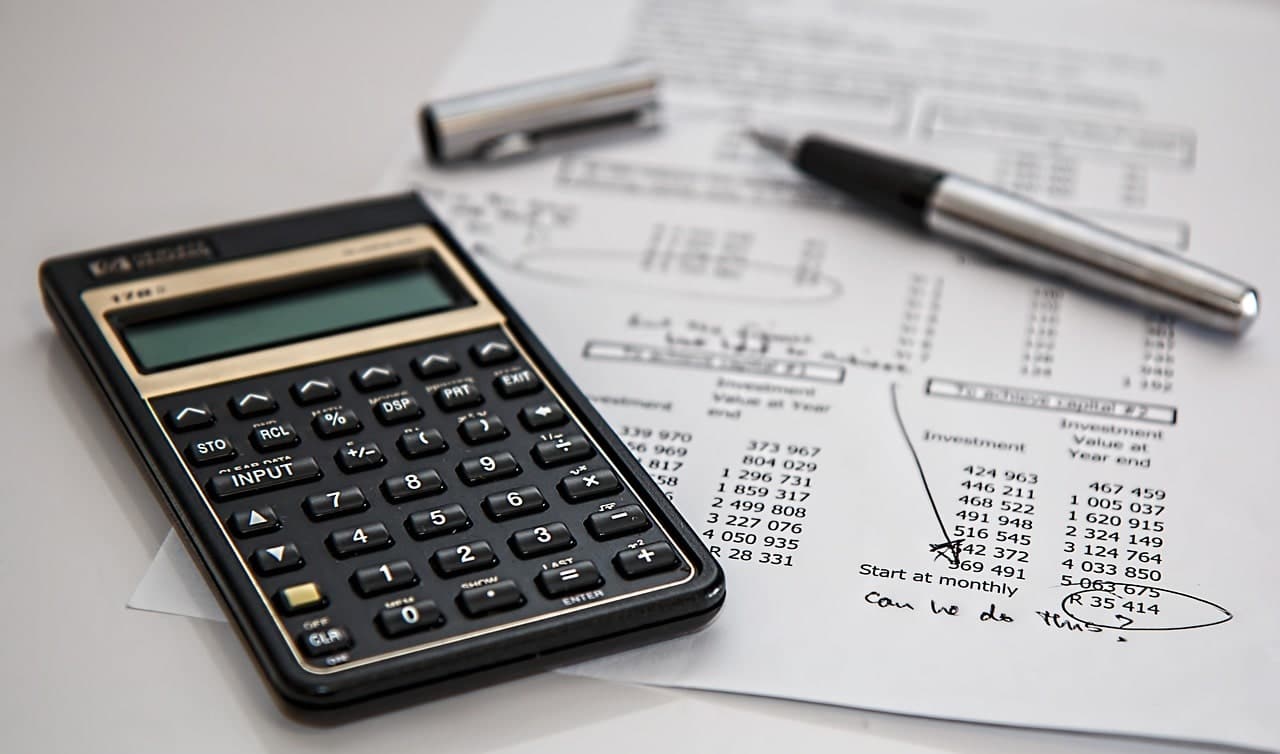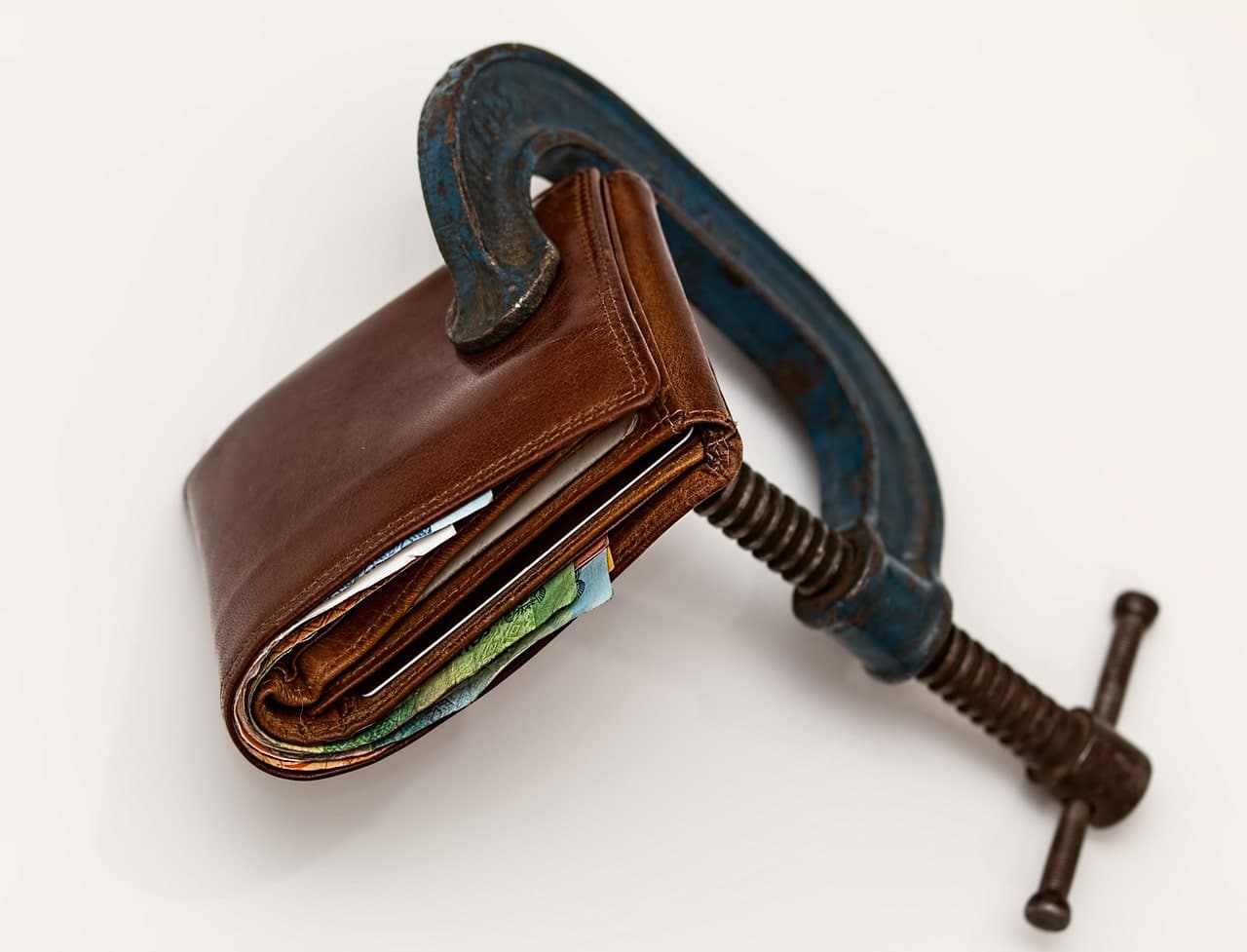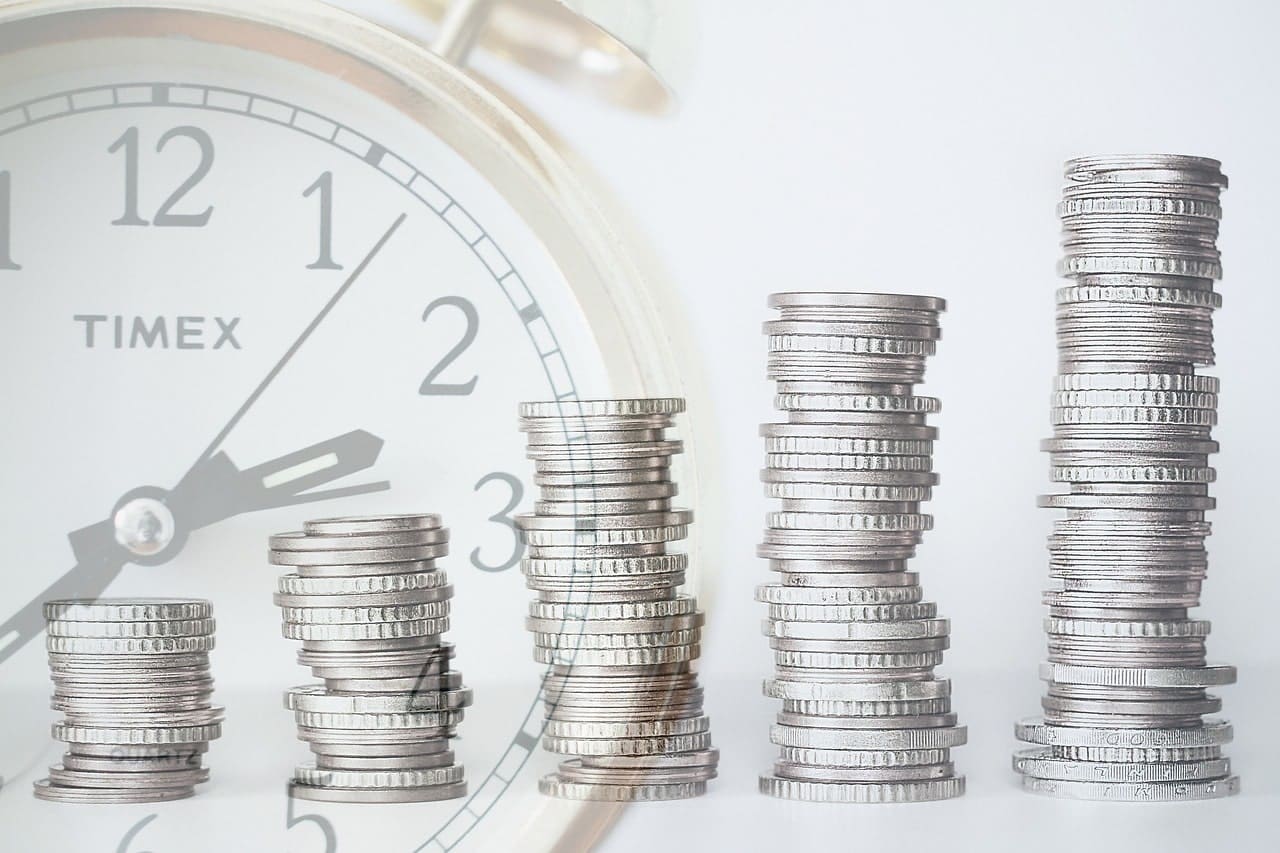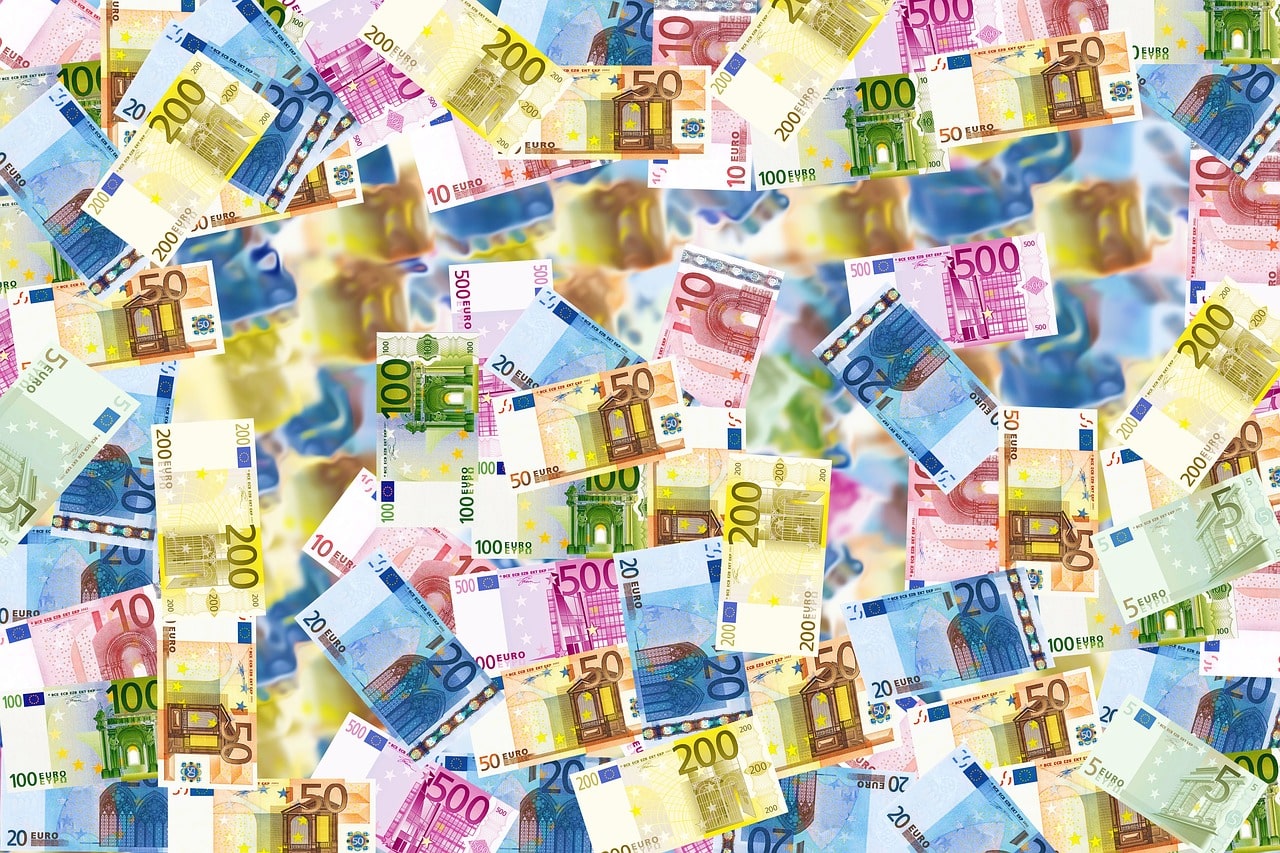General idea
Public administrations are obliged to present an annual budget of revenues and expenditures, more commonly referred to as the general state budget.
On the revenue side, we find taxes, fees and other income derived from financial operations.
On the expenditure side, we have the items that cover the public services offered by each country.
Economic principles
This difference between revenue and expenditure is called the government deficit (if it is negative) or government surplus (if it is positive).
When the government runs a public deficit, the state has two ways to finance itself; by raising taxes or by issuing public debt.
– Within taxes, we will get a wide range of contributions from the inhabitants of a country. There is no need to explain what they consist of, unfortunately we know it well.
These taxes, when there is a public deficit, generally go up, and in the short term it can be a good idea to raise finance. However, when we talk about the medium to long term, it can lead to a drop in investment and consumption, which can generate less revenue, which is of no use at all.
– This is where public debt issuance comes in, which is the most common way for countries to raise capital. Issuing public debt involves placing securities on the market, in exchange for a future payment with interest. These types of public debt have already been explained in a post on this blog in the form of fixed income, but in short, they can be issued in the short term (treasury bills), medium term (bonds) or long term (debentures).
The issuance of this public debt is not positive for the country’s economy. It is positive in the sense that it provides us with capital to alleviate the downward trend in which we find ourselves, but it ends up being money that all Spaniards have to pay back. How do we pay this public debt? We do not pay it directly, but our government can:
1. Raise taxes. It seems that this measure is valid for everything… , however to pay all our public debt via taxes would be complete madness.
2. By issuing more debt (which is what Spain is best at doing, so our debt is about to rise to over 100% of GDP).
3. By creating inflation, i.e. to pay the debt by issuing more and more banknotes, thus causing a massive rise in prices across the board.
As we can see, there is no clear solution to curb our spending on public debt. What is clear is that the country must start generating a positive GDP in order to be able to earn revenues to pay off the debt.
The government deficit/surplus and such government debt issuance is usually measured in terms of GDP.
GDP is an economic indicator that captures the production of all goods and services within a country over the course of a year.
GDP= C(Consumption) + I(Investment) + G(Government Expenditure) + X(Exports – M(Imports)
There are many criticisms of this indicator, as it expresses the wealth of a country in terms of production, not in terms of welfare, development, quality of life…
Another negative point of this indicator is that it does not include the country’s underground economy, i.e. the undeclared economy, which experts believe accounts for 25% of Spain’s current economy.
Despite this, it is the best known economic indicator.
